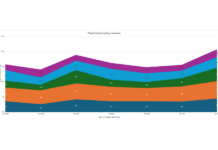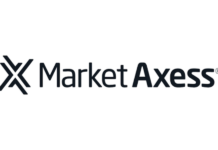As in other areas of fixed income, electronic trading is on the rise among convertible bond investors. And as investors become more comfortable with electronic trading, they are executing larger orders using the tools.
According to research from Coalition Greenwich, e-trading accounts for less than 10% of total market volume. However, 30% of global convertible bond investors are now using electronic trading tools – up two percentage points from 2022 – and the average percentage of volume traded by electronic traders has risen by three percentage points to 34%.
The quantity of those expecting to trade electronically within the next year has also increased, from 8% to 13%.
Following the pattern seen in corporate bond markets, investors are using electronic trading for larger orders. Tradeweb data shows that the number of US convertible bonds trading on the platform was up 8% year-on-year and 49% on a two-year basis in Q3 2024. For trades with notional values of more than US$10 million, these figures were 55% and 518% respectively. Between 2020 and 2024, Tradeweb reported an 83% rise in dealer participation in convertible bonds, from 12 to 22 quoting the asset.
READ MORE: ‘Equitisation’ of bond market on its way
Considering the key drivers in allocating flow, more than half (51%) of convertible bond investors stated that execution in secondary markets was their primary concern in US markets. This is down marginally on 2023’s responses, where 54% stated that this was their priority.
As electronic trading volumes and trade sizes increase, execution performance has improved. The average spread in US convertible bonds has tightened by 50% since 2022, according to Tradeweb, from 80bps to less than 40bps. Alongside this, an uptick in convertible bond issuance which has encouraged more movement from and competition between dealers and an increased number of hedge fund participants have helped to improve execution outcomes.
Aside from execution quality, Coalition Greenwich also found that the benefits of electronic trading include pre-trade transparency, real-time executable prices from multiple market makers and the ability to compare prices more systematically, allowing traders to make better-informed decisions.
READ MORE: Bloomberg research: Automated trading boosts both productivity and performance
Additionally, multi-dealer platforms can automate processes such as trade capture, confirmation and settlement, with some able to integrate with order management systems and facilitate straight-through processing. “While this workflow is increasingly common in more liquid parts of the bond market, its introduction to the convertible bond market is notable,” the report observed, reducing operational risk and helps traders to ‘do more with less’ – a requirement that many are facing.
©Markets Media Europe 2024
©Markets Media Europe 2025


























